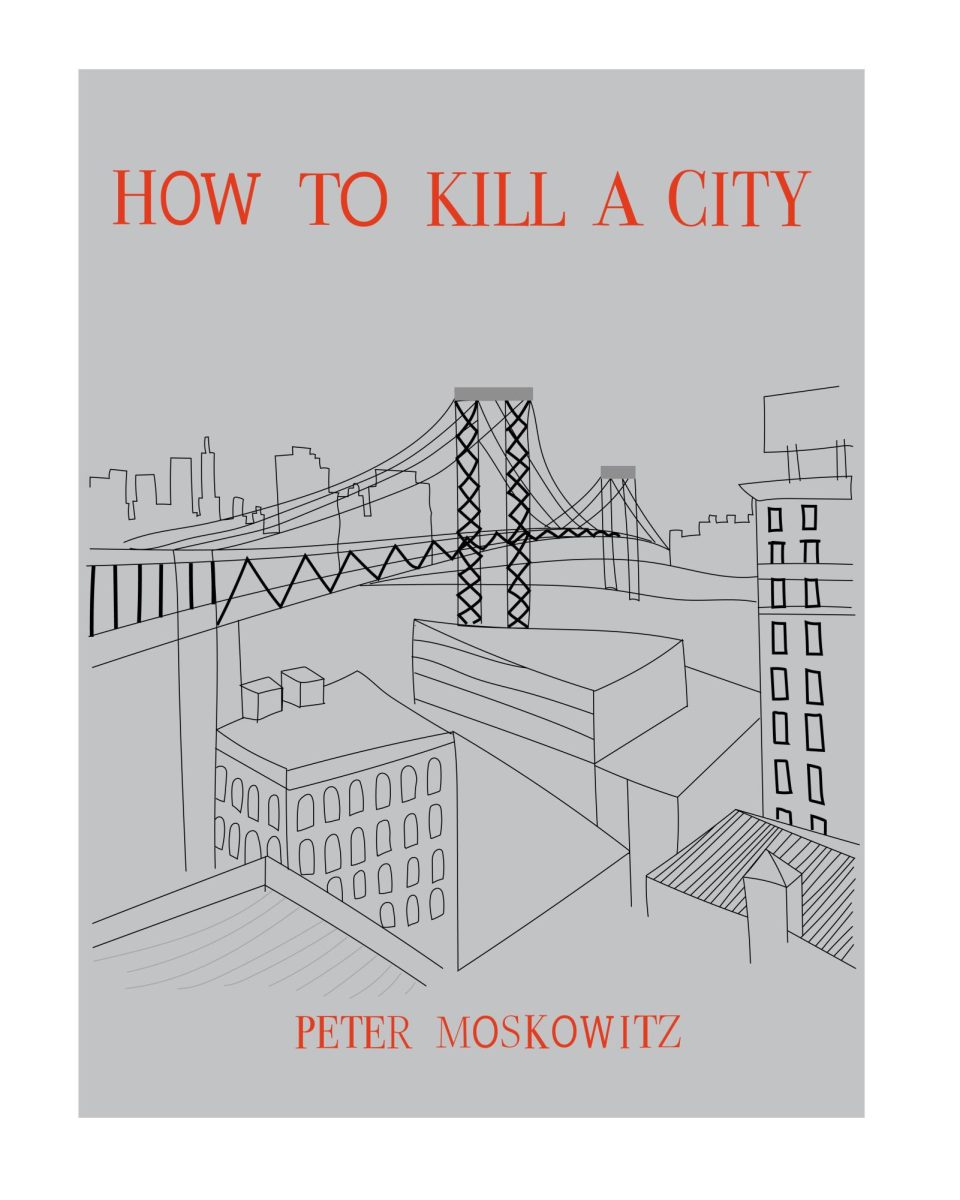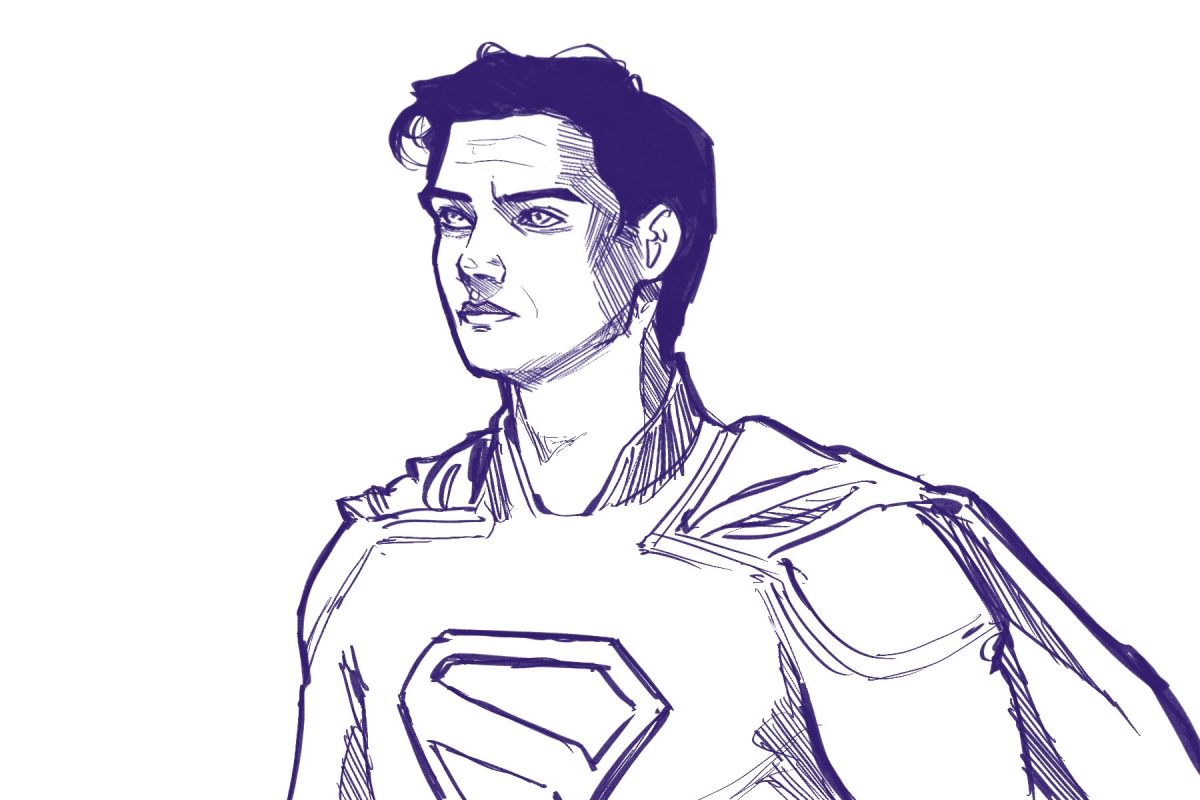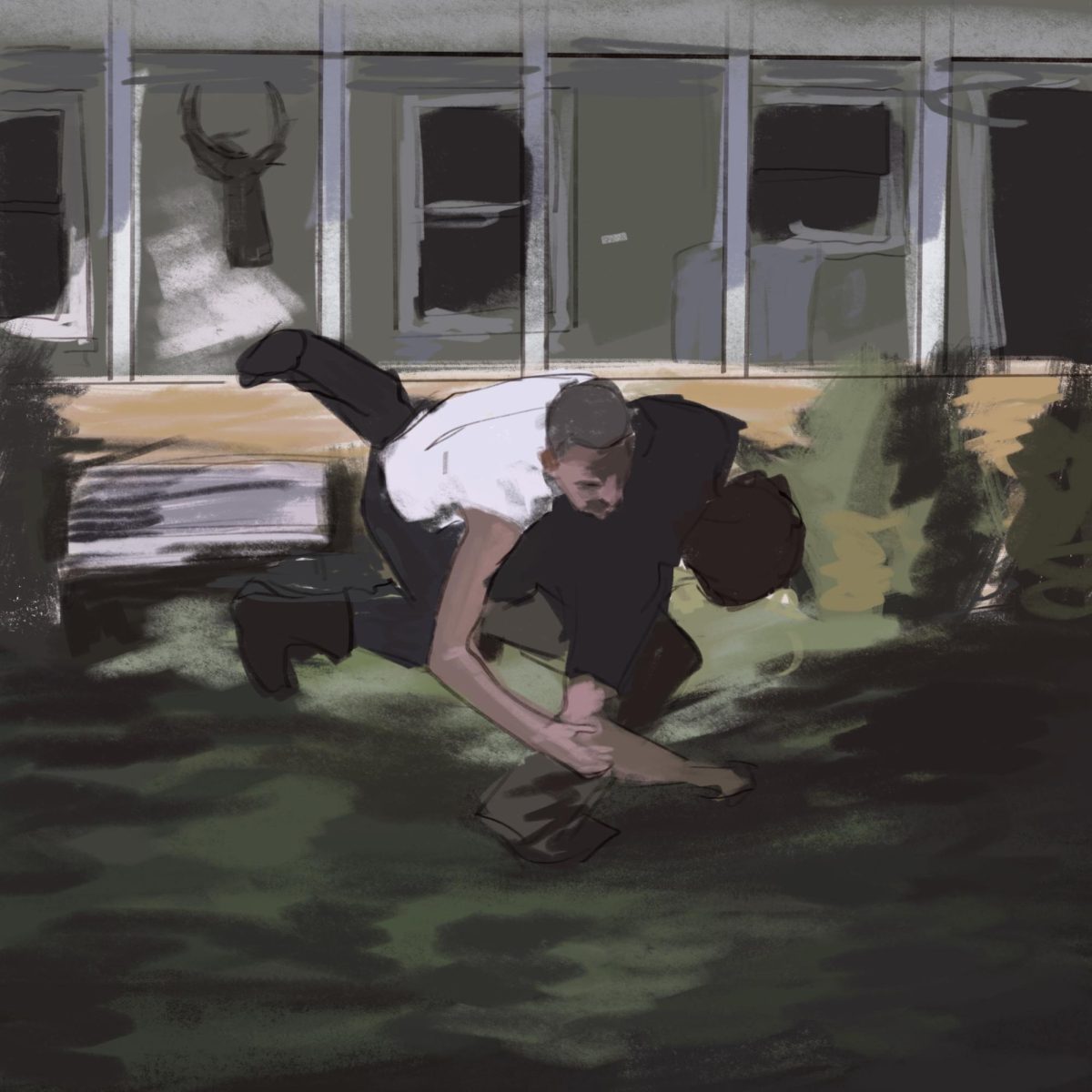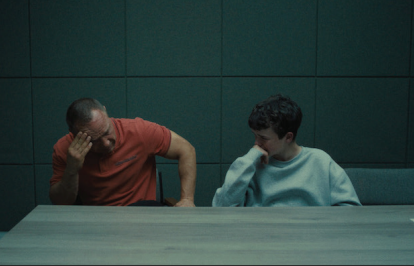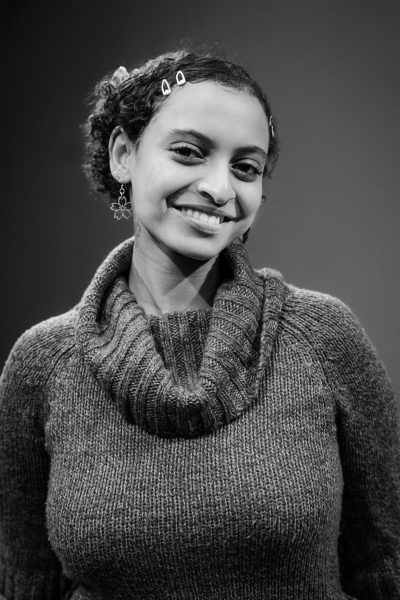In his book How to Kill a City: Gentrification, Inequality, and the Fight for the Neighborhood, Peter Moskowitz investigates the intricate phenomenon of gentrification. Often elusive and contentious, gentrification is an issue tied to specific places but manifests universally across American cities. What sets his work apart is its accessibility and simplicity. He makes a complex issue understandable for all. He explores how gentrification is not just about changing neighborhoods but is a violent act rooted in oppression and colonization.
First and foremost, what is gentrification? It often begins with the renovation or redevelopment of older buildings, which attracts wealthier residents who can afford higher rents or property prices and results in the displacement of long-standing, lower-income residents. As more affluent people move in, demand for housing and services in the area rises, increasing property values and rents, making it difficult for existing residents to keep up with the rising costs. Gentrification can also bring changes in the character of a neighborhood, including the introduction of high-end businesses, restaurants, and shops. While it can lead to enhanced infrastructure and reduced crime rates, it often comes at the price of excluding long-term residents who can no longer afford to reside in the community. In other words, does it matter that all the shops are upscale if you and I can’t afford to shop in our own neighborhood anymore?
Moskowitz encapsulates the process of gentrification simply and clearly: gentrification isn’t merely about altering neighborhood character but about mass evictions, violence, and the obliteration of long-established cultures. For those who have yet to experience gentrification (which is impossible since we live in Cambridge), Moskowitz makes the violence palpably real and provides a historical context for understanding how cities reached this juncture. The book deftly links four cities—New Orleans, Detroit, San Francisco, and New York—often catapulted into accelerated gentrification by catastrophic events or policies. He explains that gentrification doesn’t happen in isolation; it’s intertwined with historical realities, recent and past. He compellingly weaves these cities into a cohesive story, highlighting patterns that repeat across time and offering a comprehensive view often missing in localized discussions. Moskowitz went further, positing that the very essence of American cities is now about capitalizing on resources and privatizing them for profit. Gentrification, he contends, is a continuation of a colonial legacy, albeit in evolving and damaging forms. Moskowitz advocates for an explicitly anti-capitalist urban model, which presents a compelling vision for a more just urban future as cities across the United States grapple with the consequences of gentrification,.
While I enjoyed this book, I couldn’t help comparing it to Matthew Desmond’s work. How to Kill a City, Poverty in America, and Evicted tackle distinct but interrelated challenges faced by urban centers. Poverty in America focuses on the broader societal issues that underpin economic disparities. How to Kill a City focuses on the consequences of rapid development and modern urbanization. Poverty in America explores the different factors perpetuating poverty, encompassing education, healthcare, and employment opportunities. How to Kill a City hones in on the micro-level urban dynamics, and Poverty in America examines the macro-level socioeconomic aspects. I think if you’re interested in these topics, you should definitely start with Desmond’s work. His research provides a compelling and well-documented foundation for understanding urban gentrification as well as poverty in the United States.

